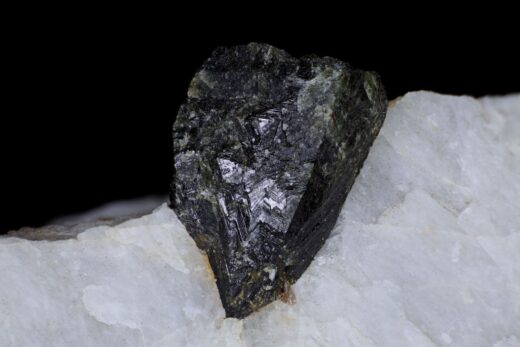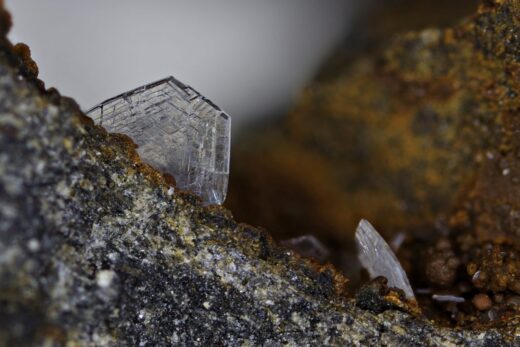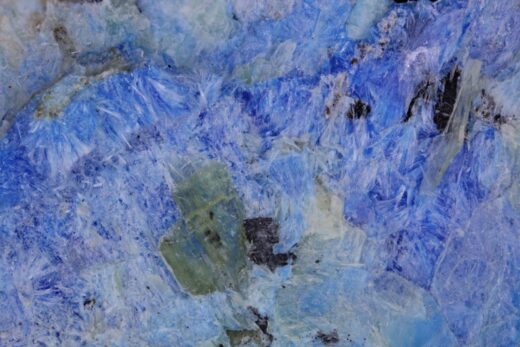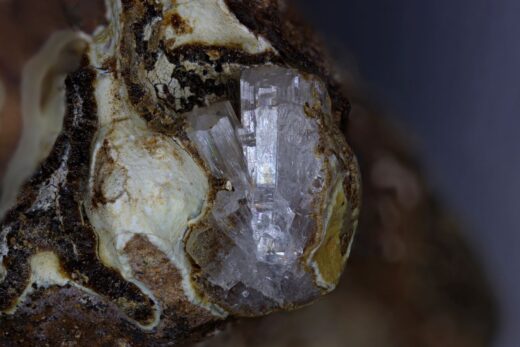Formula: (Cu,Zn,Fe)3(In,Sn)S4
From Alfredo Petrov:
SAKURAIITE (sakurai-koh)
- Hokkaido: In the Izumo vein of the Toyoha mine with wurtzite, sphalerite and kesterite; and also in the Sorachi vein.
- Hyougo: The type locality of this rare copper-indium sulphide, the indium analogue of kesterite, is the Sendju-hon-hi black-banded hydrothermal quartz vein in the Ikuno mine, where it occurs as greenish steel grey or yellowish steel-grey (olive grey with reddish or purplish tint on polished surface), metallic, fine-grained masses to 0.3mm, with no cleavage, intimately associated with stannite, and as exsolution lamellae to 0.5 x 0.03 mm in the stannite, as a discontinuous band of irregular width (up to 1.5cm) on the border between a stannite mass and a sphalerite veinlet. The stannite can also contain petrukite inclusions. Other associated species are chalcopyrite, cassiterite, matildite, cobaltoan arsenopyrite, quartz and calcite. (On polished surface, nonpleochroic, with reflectivity between stannite and sphalerite; a little softer than stannite (H 4).) Two rough analyses gave Cu 23, Zn 10, Fe 9, Ag 4, In 17, Sn 9, S 31; and Cu 21, Zn 14, Fe 5, Ag 3.5, In 23, Sn 4, S 30.

Above: Sakuraiite, stannite, chalcopyrite, sphalerite, Ikuno Mine, Hyogo Prefecture, Japan. Width of view 14mm. Greenish-grey sakuraiite (running from top right to centre left) with mostly darker stannite, yellow chalcopyrite, and, under UV, sphalerite towards the top left. Ex Minerals Unlimited (old label). Ex Andrew Hodgson Collection.



